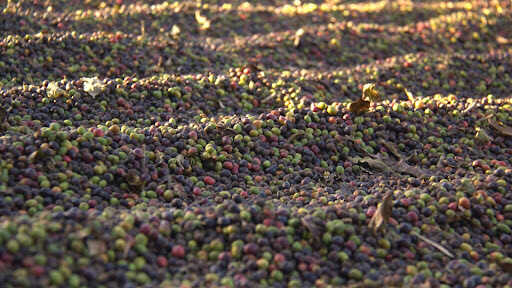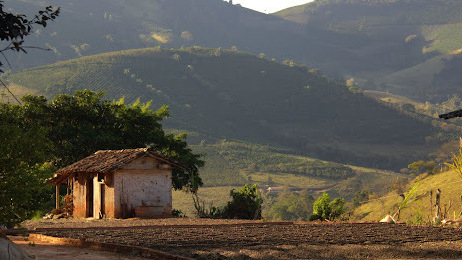I have a kind of reverence for the coffee bean.
Nearly every family trip we went on when I was a kid was spent flying across the planet from Boston to Rio de Janeiro, where almost my entire extended family lives. There aren’t many coffee farms in the humid tropical climate of Rio, but if you drive out eight to 12 hours to the tiny town where my grandparents grew up in the state of Minas Gerais, you’ll find arid rolling hills as far as you can see. That’s where my cousins on my mom’s side live, work and grow coffee.
That trek — a five-hour flight, then an eight-hour flight, then a road trip — was always just the lead-up to the last leg of the journey. We’d take the exhausted car and its passengers off the cobblestone streets, down a dirt road and to the top of a hill, where in my cousin’s kitchen there would be at any hour of day or night some pão de queijo (or some cake) and a freshly poured thermos.

We’d drink the coffee out of little glass cups and finally get to work catching up and telling stories to one another. My parents would sit by the wood stove, and my brother and I would sometimes wander out while the adults were talking to chase the chickens and throw around a lemon like a tennis ball for the farm dogs to fetch. Coffee in Minas is usually served sickly sweet, but never with milk, and never iced, even in the middle of summer. Once the stars came out, we’d soak them in until the air got cold, and then we’d squeeze ourselves by the wood stove with another cup and feel a warm certainty that the coffee thermos must be bigger on the inside.
Most of the highest-quality beans in Minas Gerais are sold abroad. When I was a kid especially, there wasn’t really a coffee culture in Brazil the way there is in New York or Boston — that third-wave coffee culture that has…
Read the full article here

Leave a Reply